Are Succulents Good Houseplants For Beginners?
uniquelydivine
11 years ago
Related Stories
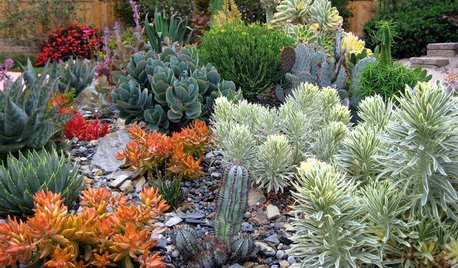
GARDENING GUIDESA Beginner’s Guide to Growing Succulents
Their easy-care reputation is well-deserved, but a little TLC will turn succulents into star plants
Full Story
MOST POPULARThe Perfect Houseplant for People Who Kill Houseplants
If you can fill a jar with water, you can keep golden pothos vine happy — and it will pay you back with cleaner air and a greener home
Full Story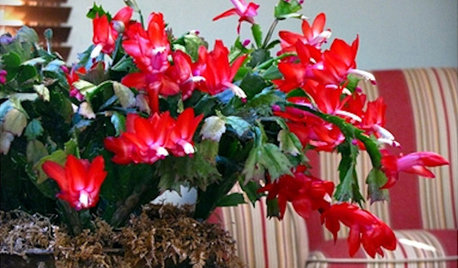
HOUSEPLANTSGreat Houseplant: Holiday-Blooming Cactus
You may know it as Christmas cactus, but whichever holiday floats your boat, this plant is a year-round beauty
Full Story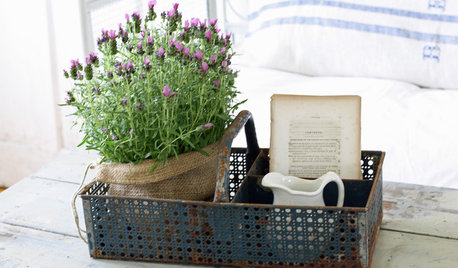
HOUSEPLANTSOutsmart Winter — Make Houseplants of Your Garden Growers
No need to watch Jack Frost play Wreck the Rosemary. Bring your garden inside for the winter, using containers and these guidelines
Full Story
CONTAINER GARDENSHappy Houseplants, Happy People
Potted plants add life and beauty to a room. Learn easy ways to keep them healthy
Full Story
HOUSEPLANTS8 Houseplants You Can't Kill
They're forgiving and let you forget. Houseplants don't get any easier than this
Full Story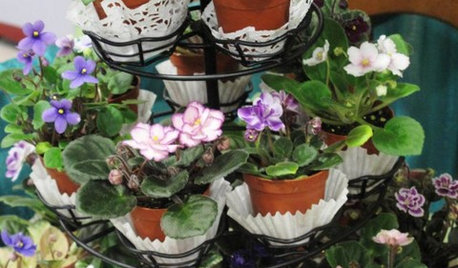
HOUSEPLANTSRetro Houseplants Get a New Look
The wild and crazy houseplants of the 1970s make a splash in today's interiors
Full Story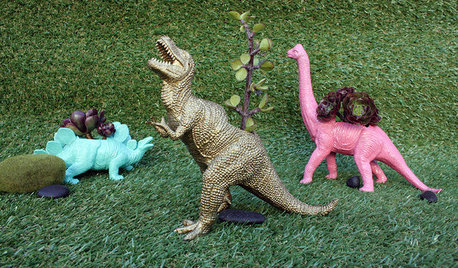
HOUSEPLANTS7 DIY Projects That Have Fun With Houseplants
Go beyond the ordinary when you add a touch of green to your interiors
Full Story
HOUSEPLANTSMeet a Long-Lasting Houseplant With a Forgiving Heart
Low light and little watering won't scar Zee Zee plant for life; this East Africa native has a tolerant nature and an exotic beauty
Full Story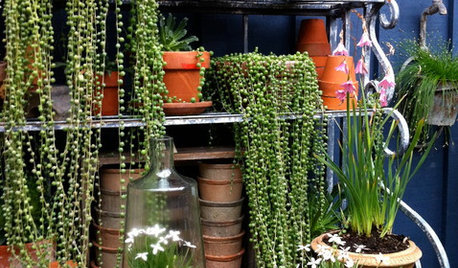
HOUSEPLANTSCascading Succulents Bring Fun Shapes to Your Indoor Garden
For eye-catching spillers with delicate beauty and minimal needs, it's hard to beat these 2 trailing houseplants
Full Story








Horticultural Help
squidy
Related Professionals
Glendora Landscape Architects & Landscape Designers · Forest City Landscape Architects & Landscape Designers · Tempe Landscape Contractors · Waterbury Landscape Contractors · Aloha Landscape Contractors · Brookline Landscape Contractors · Fort Payne Landscape Contractors · Fountain Valley Landscape Contractors · Los Banos Landscape Contractors · Middletown Landscape Contractors · Selden Landscape Contractors · Siloam Springs Landscape Contractors · White Bear Lake Landscape Contractors · Maple Heights Landscape Contractors · Washington Interior Designers & Decoratorsteengardener1888
rhizo_1 (North AL) zone 7
birdsnblooms
amccour
stonesriver
teengardener1888
pirate_girl
Tiffany, purpleinopp Z8b Opp, AL
stonesriver
Tiffany, purpleinopp Z8b Opp, AL
rhizo_1 (North AL) zone 7
pirate_girl
teengardener1888
Tiffany, purpleinopp Z8b Opp, AL
teengardener1888
rhizo_1 (North AL) zone 7
cactusmcharris, interior BC Z4/5